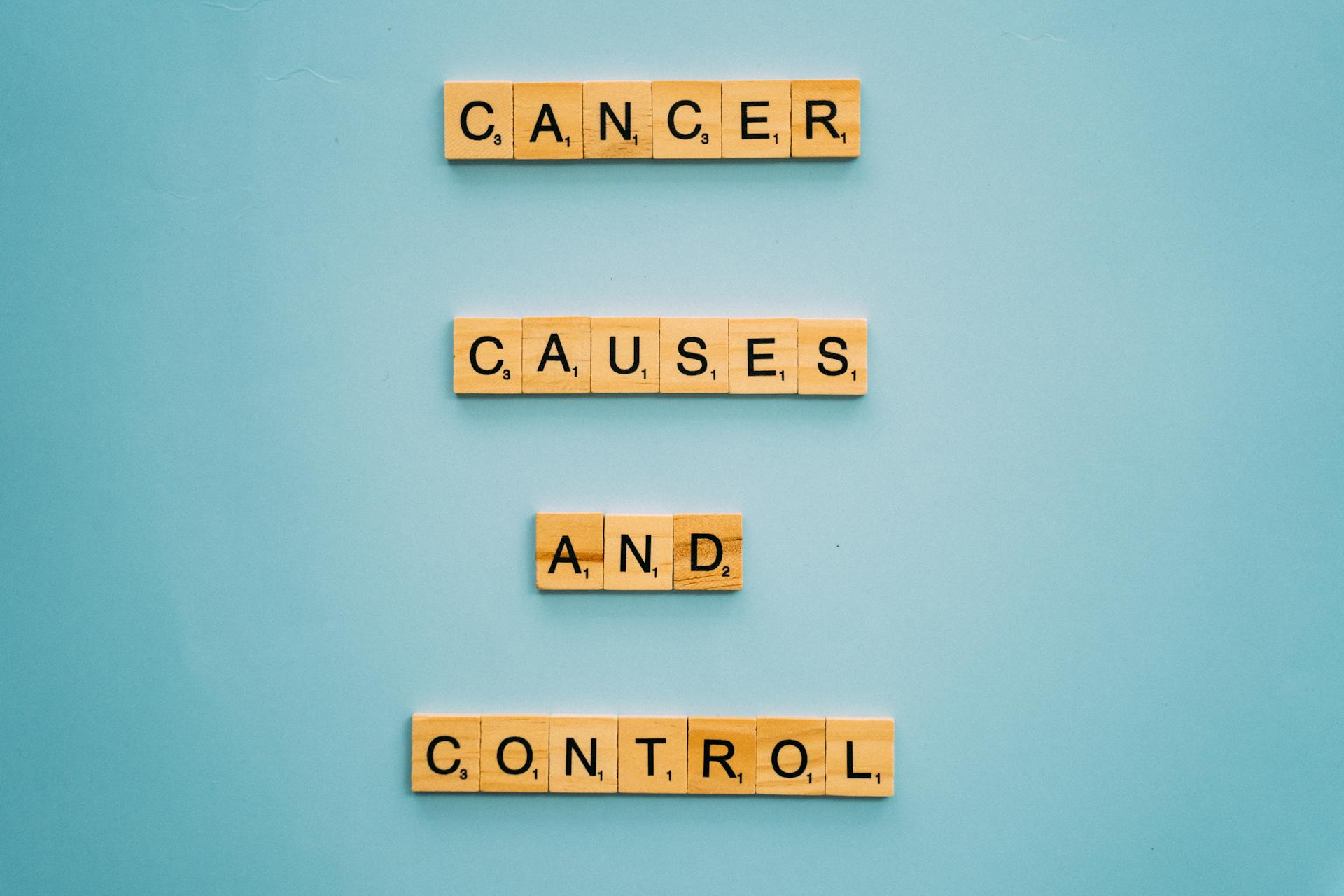
Hidradenitis suppurativa people of color face unique challenges when it comes to managing this chronic skin condition. HS occurs when keratin and sweat build up in hair follicles, leading to painful lesions and pus-filled abscesses. While anyone can develop HS, data demonstrates that black people are more likely to experience severe symptoms in the groin area.
Accessing expert care for HS can be a challenge for all patients, but it is especially difficult for black people who may face systemic barriers to receiving quality healthcare. Despite this, seeking medical attention is crucial as HS is a chronic disease that requires ongoing management. The Mayo Clinic recommends that individuals with HS work closely with their healthcare provider to develop a treatment plan that addresses their unique needs.
Understanding HS and its effects on Darker Skin

Hidradenitis suppurativa (HS) is a chronic skin condition that affects people of all races and ethnicities. However, research shows that black people and those with darker skin are more likely to develop HS than the general population. A 2017 analysis explored HS in the United States and found that out of 100,000 people, there were 98 cases reported. But when looking specifically at black people, out of 100,000 black people 296 had HS. The biracial population also had higher rates with 218 cases per 100,000 people.
While genetics may explain why certain populations have higher rates of HS, updated research suggests that there may be other factors at play such as sweat gland dysfunction. A 2018 review found that studies from as far back as the 1960s suggested a link between sweat glands and HS in black people. This could potentially explain why they are more affected by the condition than others.
It is important to note that these statistics don't represent the actual population of people living with HS since many cases go undiagnosed or unreported. Nevertheless, understanding the higher rates of HS in black people is crucial for improving diagnosis and treatment options for this group. More HS research needs to focus on underrepresented populations so we can better understand how it affects different groups and find effective solutions for managing this painful condition.
How Racism Affects High School Students' Well-Being
Racial biases affect people of color in many ways, and one of them is through the healthcare system. A 2016 study looked at how racism affects people with hidradenitis suppurativa (HS), a painful condition managing which can be very difficult. The study found that black people with HS reported more pain compared to white people.
Black people have long been negatively affected by troubling beliefs that lead to racial biases against them. In the past 50 years, black people in the United States have had the lowest median income and highest poverty rate, currently at 18.8 percent. This lower socioeconomic status leads to higher rates of poverty, which makes accessing healthcare and health insurance difficult for black individuals. Poverty, coupled with systemic racism, represent major challenges for those trying to manage their HS since barriers include taking time off from work and finding child care.
Therefore it is important for health professionals to recognize these disparities and work towards breaking down these barriers in order to provide equal opportunities for all their patients regardless of race, economic standing or skin color.
Unlocking the Path to Success with Your HS Roadmap

Hidradenitis Suppurativa (HS) is a chronic skin condition that affects people of all ages and races. It is often overlooked, misdiagnosed, or underdiagnosed, especially in people of color. HS can cause painful, recurrent bumps and abscesses in areas such as the armpits, groin, and buttocks. These bumps can lead to scarring and affect one’s self-esteem and quality of life.
Discovering self-acceptance when living with hidradenitis suppurativa hs can be challenging. It's essential to seek support from healthcare professionals who specialize in treating this condition. Some common misdiagnoses include boils, cysts, folliculitis, pilonidal cysts, and carbuncles. Knowing the 6 common misdiagnoses can help you better communicate your symptoms to your doctor.
Understanding the Hurley stages of hidradenitis suppurativa is crucial for developing an effective treatment plan. Depending on the severity of your condition, treatments may range from topical creams to surgery. With proper management and care, people living with hidradenitis suppurativa can unlock paths to success on their journey towards healing and acceptance.
Discovering Your Health Condition: The What, Why and How

Hidradenitis suppurativa is a chronic skin condition that affects people of color (BIPOC) at a higher rate than their white counterparts. Unfortunately, major barriers exist for BIPOC when it comes to accessing care. Lower access means they're less likely to receive an accurate diagnosis in the early stages, which can be detrimental.
In fact, a 2018 review mentioned earlier researchers noted that a high number of black people sought emergency care for hidradenitis suppurativa rather than seeing a dermatologist. This means that treatments won't be as effective if the disease is in its later stages.
One way to combat this issue is by educating ourselves on our own health conditions and advocating for ourselves when we feel like something isn't right. By seeking medical attention early on and demanding accurate diagnoses, we can help prevent the progression of conditions like hidradenitis suppurativa.
Frequently Asked Questions
What is hidradenitis suppurativa?
Hidradenitis suppurativa is a chronic skin condition that causes painful lumps or boils to form in areas where sweat glands are present, such as the armpits and groin. It often goes undiagnosed for years and can significantly impact a person's quality of life.
What biologics are used for hidradenitis suppurativa?
Biologics used for hidradenitis suppurativa are drugs that target specific components of the immune system, such as tumor necrosis factor-alpha (TNF-α) and interleukin-17 (IL-17), to reduce inflammation and improve symptoms. Examples include adalimumab, infliximab, and ustekinumab.
Can being overweight cause hidradenitis suppurativa?
Yes, being overweight can increase the risk of developing hidradenitis suppurativa due to increased friction and sweat production in skin folds. Maintaining a healthy weight and practicing good hygiene can help prevent this painful skin condition.
What does hidradenitis suppurativa look like?
Hidradenitis suppurativa looks like painful, red bumps or boils that develop in areas with sweat glands, such as the underarms, groin, and buttocks. These bumps can break open and leak pus or blood.
What is the best treatment for hidradenitis suppurativa?
The best treatment for hidradenitis suppurativa includes a combination of antibiotics, anti-inflammatory medication, and surgical procedures such as laser hair removal or excision. However, treatment plans may vary depending on the severity of the condition and should be discussed with a dermatologist.
Featured Images: pexels.com

